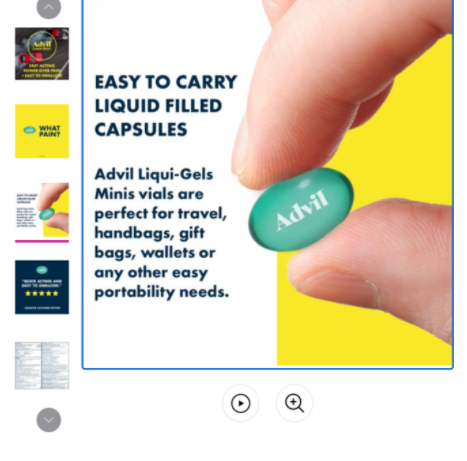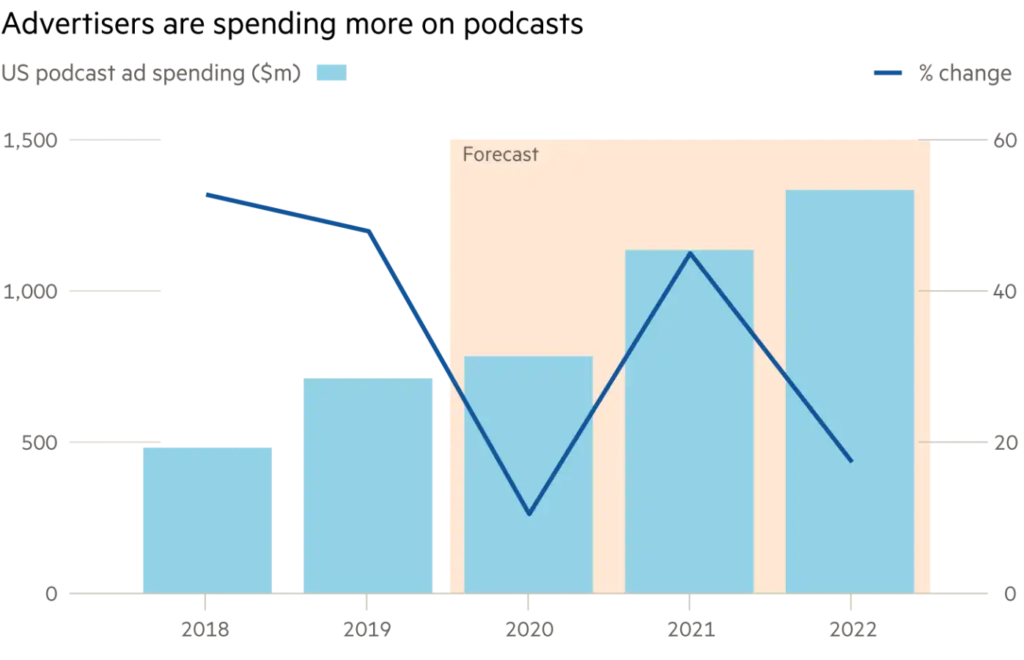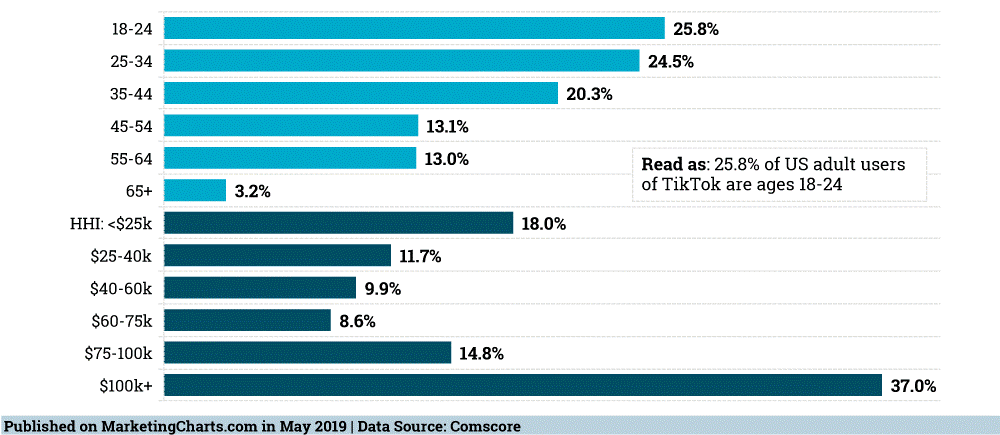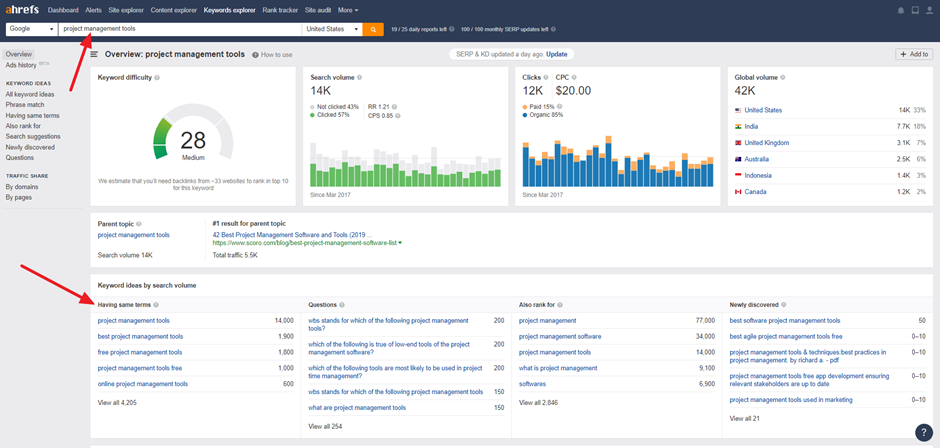According to a 2020 report from ResearchAndMarket.com, social commerce is an $89.4 billion market right now. It’s projected to grow to $604.5 billion in the next seven years. Researchers are forecasting that e-sales will surpass $735 billion in the next three years. Even in its infancy, social commerce is making a huge impact on the world of ecommerce and marketing – the future of digital sales.
Apparently, 23% of shoppers are influenced by social media recommendations (so why not sell straight from that recommendation). 51% of millennials (who will soon be the major buying market) are likely to make a purchase over social media. 84% of shoppers review at least one social media site before purchasing (so it makes sense to sell where they’re going to research).
Three social media sites that own the social commerce space: Facebook, Instagram, and Pinterest. In acknowledgment, Twitter claimed, “Right now, you’ve only got Facebook’s shoppable pages, Instagram’s buy now button, or Pinterest’s buyable pins.”
What is Social Commerce?
Social commerce is the ability to make a product purchase from a third-party company within the native social media experience. Basically, it is the process of selling products directly on social media. With social commerce, the entire shopping experience — from product discovery and research to the checkout process — takes place right on a social media platform.
A difference exists between e-commerce and social commerce. While e-commerce refers to a shopping experience via a website or dedicated branded app. Social commerce, by definition, allows the customer to make their purchase within their social media experience.
Also, social commerce is also not social selling. Social selling refers to cultivating relationships on social media in order to build your sales prospect list.
Currently, social apps that allow for social commerce include Instagram, Facebook, and Pinterest.
Why is Social Commerce Important?
- It offers an instant focus group. Not only does social commerce speed up the transaction process, but it also offers an incredible way to collect feedback.
- It’s where Millennials and Gen Z like to shop. If your target demographic lies in the 18-to-34 age range, they’re already online and waiting to shop while they scroll. 48% of U.S. internet users this age made a purchase on social media in 2019. For those in that demographic who haven’t shopped on social media yet, 27% have expressed interest in giving it a go.
- It offers the chance to get specific, ready-to-buy products in front of the specific people who would love them, in a way that traditional e-commerce and marketing cannot.
- It offers a new and easier shopping experience devoid of influence from several market factors.
7 Types of Social Commerce
Social commerce defined as the integration of shopping and social media has several types and outlooks. Some of these types include:
1. User review websites
These are sales driven through product or service reviews – peer recommendation. Other features such as purchasing history features where you have the ability to see what other people who purchased the same item as you have bought. In addition, there are incentives for sharing products or purchases via social media platforms.
2. Social network driven sales
This sale occurs when a consumer has purchased a product because they have been referred to the site via a social media website, such as Facebook or Pinterest.
3. Participatory commerce
This can also be referred to as ‘crowd funding’ or ‘crowd sourcing’. In this instance, consumers have a hand in the production process through collaborative efforts – product design and funding.
4. Group buying and daily deals
This is one of the most well-known examples. These websites present consumers the possibility to purchase items at a discounted rate if enough individuals agree to make the purchase.
5. Social shopping
It relates to online shops that boast social features. For instance, there may be a chat option for individuals to exchange advice and discuss opinions.
6. Pick list sites
It’s a form of user-curated shopping. These websites give users the opportunity to create and share product lists, other users will then be able to shop from the prepared list.
7. Platforms for peer-to-peer sales
Peer-to-peer sales platforms are those that offer a community-based marketplace hereby individuals sell to one another. This can be via an auction site or individuals can upload their items at a price for sale like they do at ASOS marketplace.
7 Tips and Tricks for Scaling Revenue with Social Selling
1. Engage with your followers
To create a great social commerce experience, you’ve got to remember the “social” part. You can’t just toss up your catalog and forget it. Answer questions, offer value and interesting content, be human and authentic, and so on. Set up a chatbot to help people move forward with their shopping journey. Tools like ManyChat can help you accomplish this by turn engagements on Facebook into automated chatbots through Messenger.

Source: Many Chat
By managing your social commerce with your ecommerce platform and adopting other best practices that you use in engaging your customers, success with your sales becomes inevitable.
2. Create automated bot checkouts
You can get an automated checkout bot up and running within minutes and, thanks to their numerous native integrations, you can use it across almost all social platforms.
3. Listen strategically
You’ve got a front-row seat for your audience. Make the most of it. Keep a close eye on comments and shares on your Shop, and respond or offer customer service when necessary.
Setting up social monitoring across all platforms can be a great way to catch feedback or industry news outside of your own bubble, too.
4. Encourage reviews
93% of online shoppers say a review can make or break their decision. If you’ve got a product people are happy with, get them to help spread the word.
Whether it’s an automated follow-up email asking for a review after a product has been delivered, or incentives like a contest to encourage previous customers to weigh in and share their experience, collecting social proof is vital to building a positive reputation online.
Once you’ve got some positive reviews, share them on your social feeds in creative ways, whether that’s posting user-generated content, hosting a Live video with happy customers, or simply creating a carousel of positive comments. There are tons of ways to do this that won’t make you sound like you’re bragging.
5. Target your reach
Take advantage of the incredible data available to you on social to get your products or Shop in front of the right people. Not sure who your audience is or how to strart, exactly?
You can start by getting people to buy something from your store. You focus on that small ~$50 purchase to bring people from your purchase journey into a customer journey. Once you’ve made that sale, in the immediate follow up you grab their email address to utilize in an email marketing strategy.
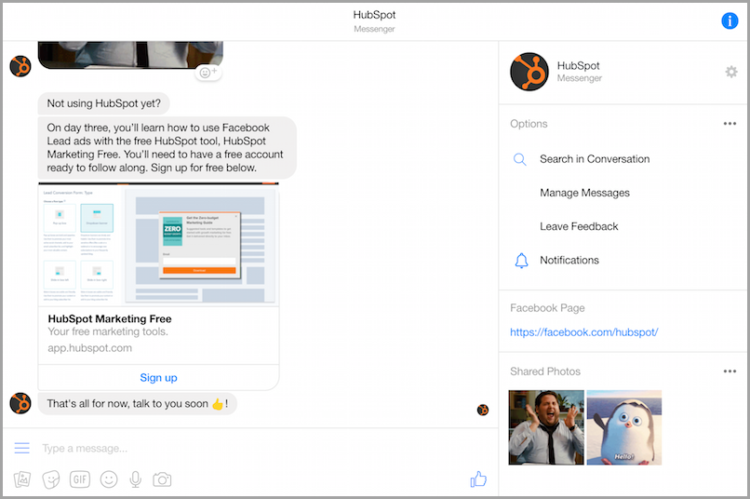
Source: HusSpot
6. Remove those moments of friction
The easier you make the purchase process, the more likely someone will be to follow through. So what moments of friction or hesitation can you remove?
Make sure the product description covers all those lingering details. Integrate autofill options into the purchase process. Maybe even set up a chatbot to answer customer FAQs.
7. Price your products to move
Social commerce offers a great opportunity for lots of different kinds of products — clothing, dog toys, risqué pottery — but luxury products typically aren’t successful here. Because of the risk associated with buying something unseen, consumers are less likely to spend big on something with a larger price point.
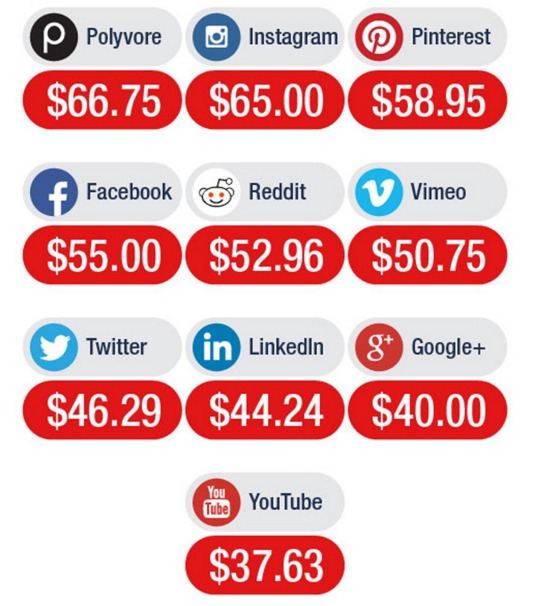
Source: Big Commerce
In general, low-cost products sell better. While there is no hard and fast rule with regards to product pricing, keeping your social commerce campaigns to $100 and below is recommended.

